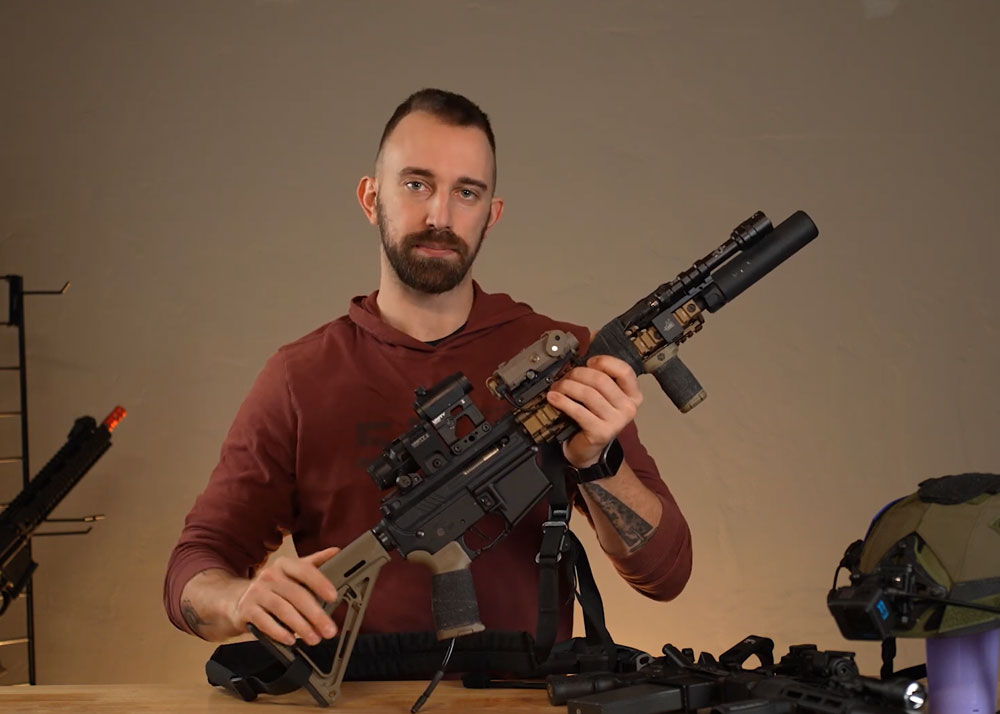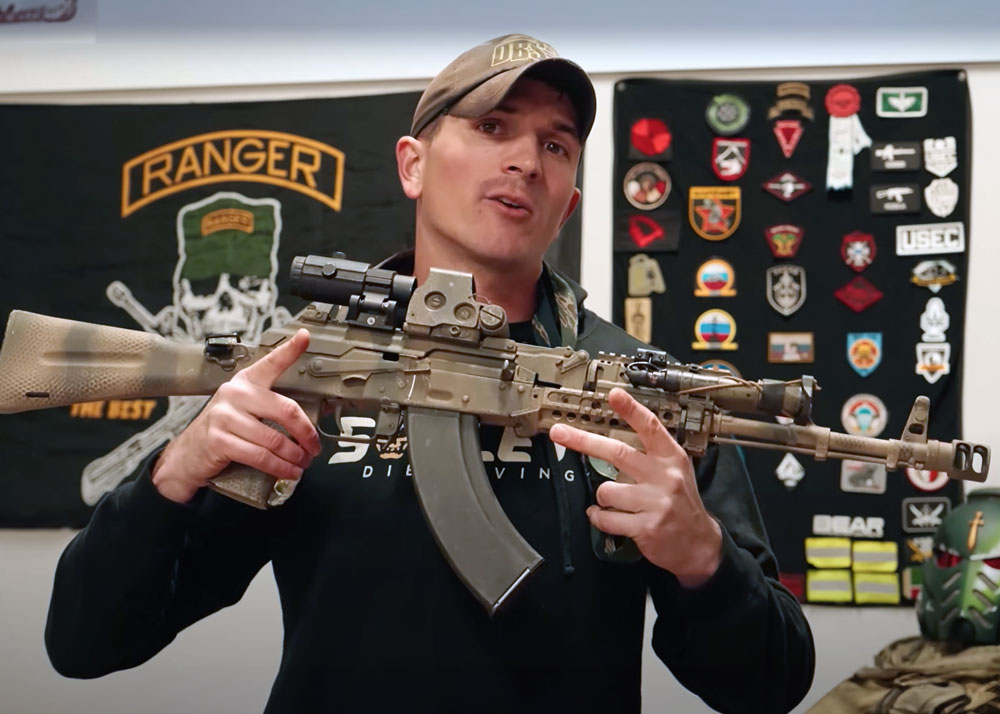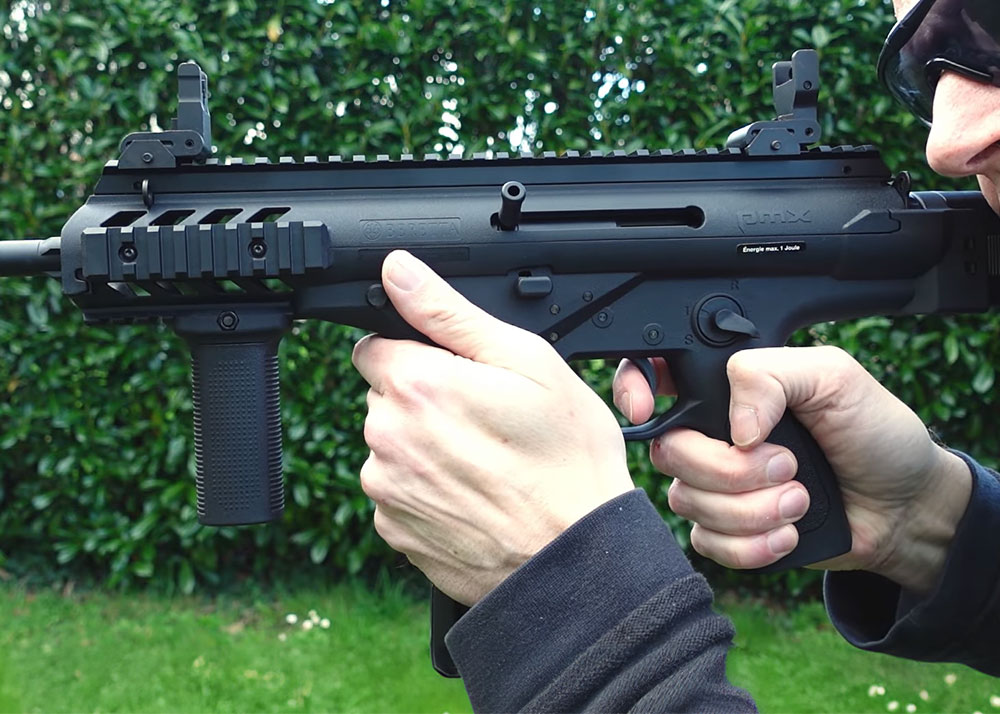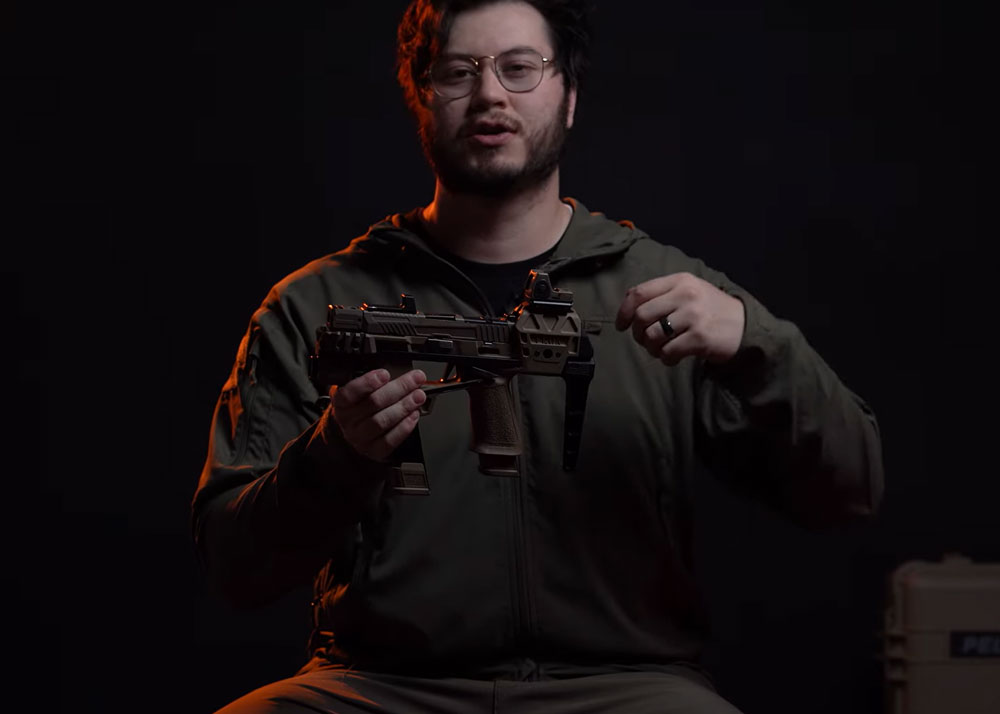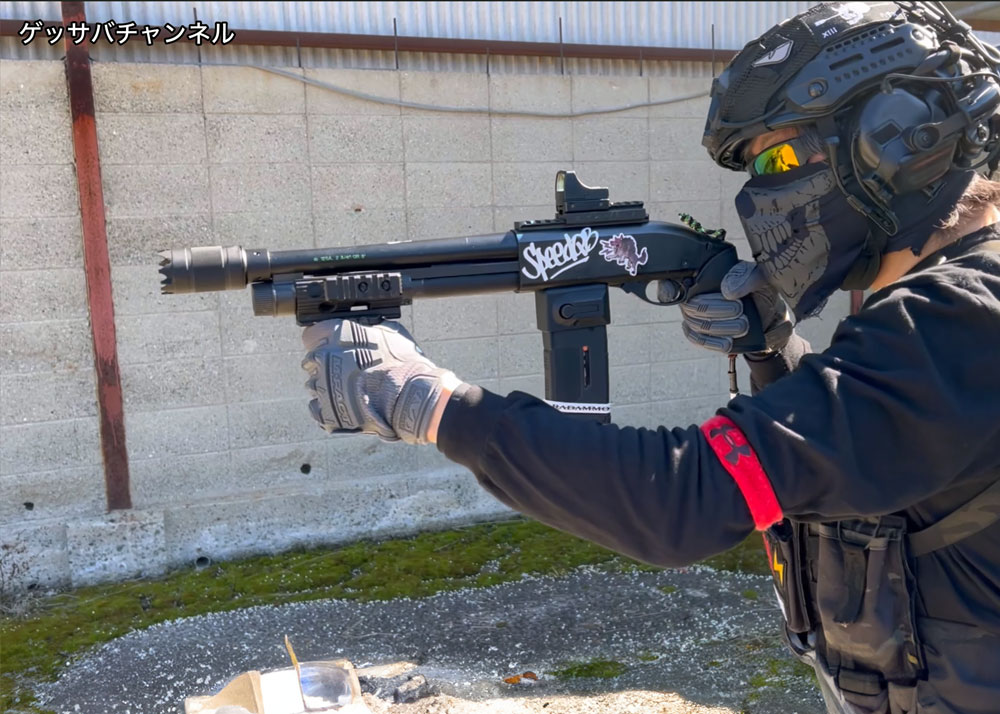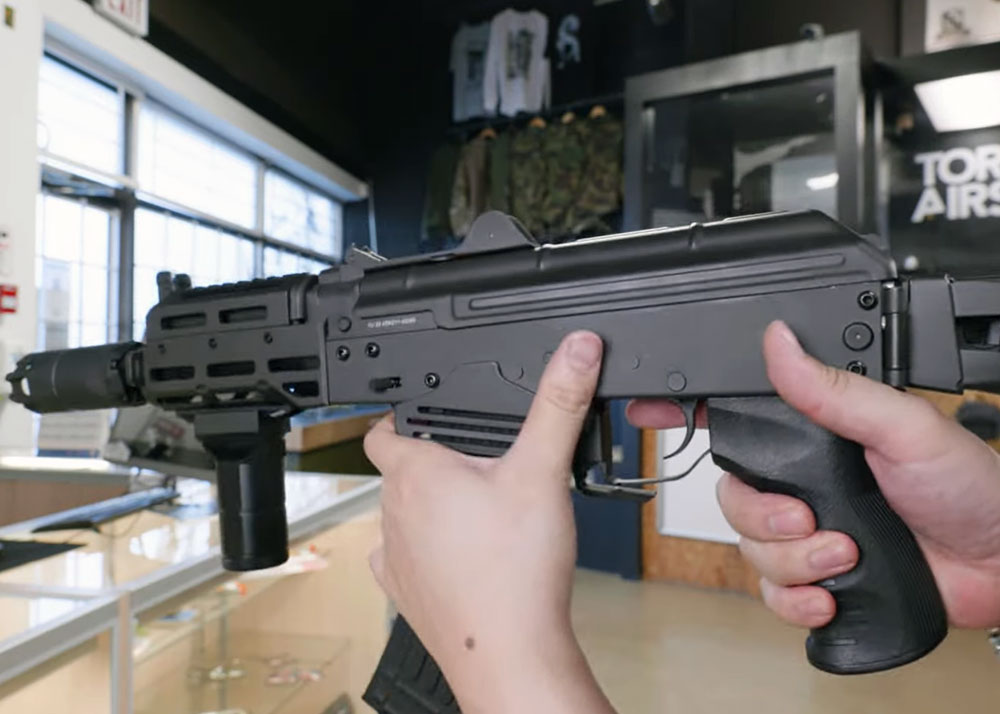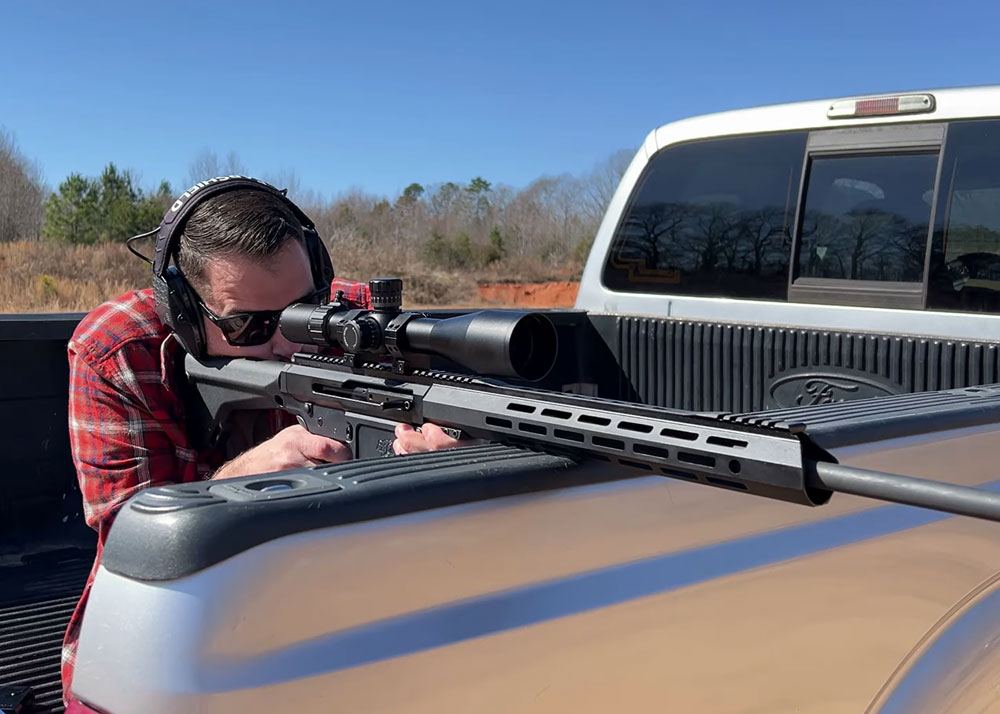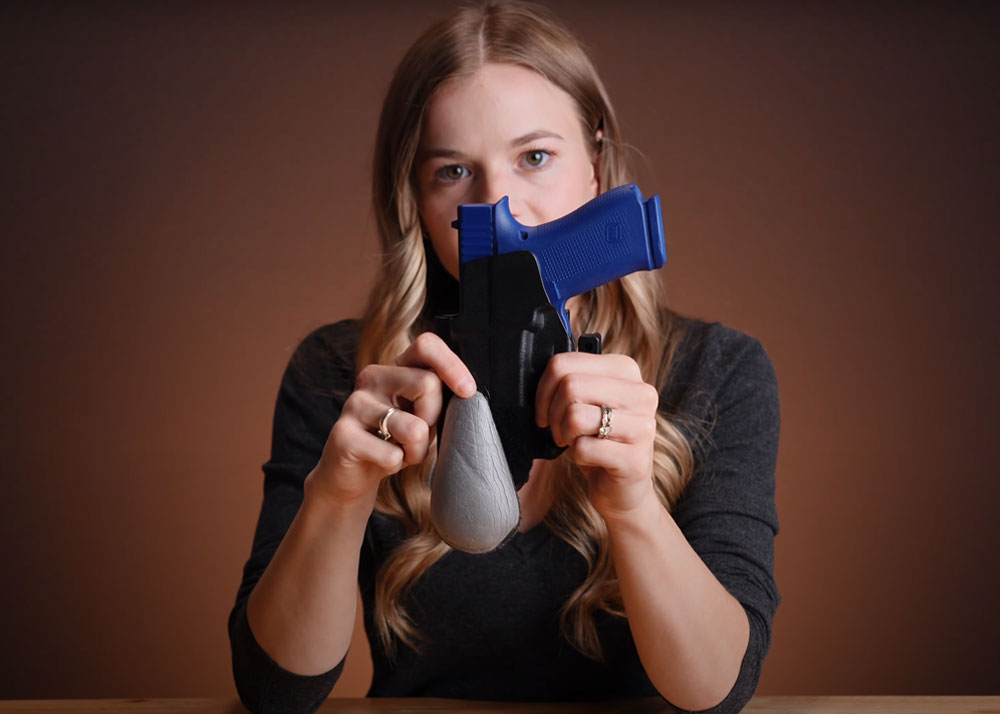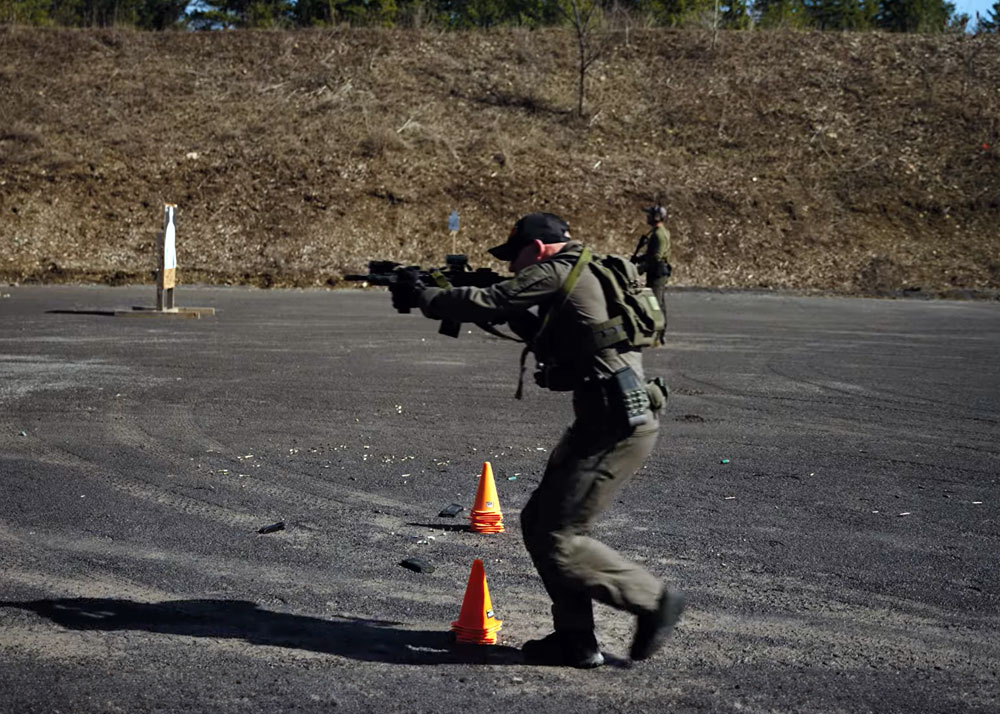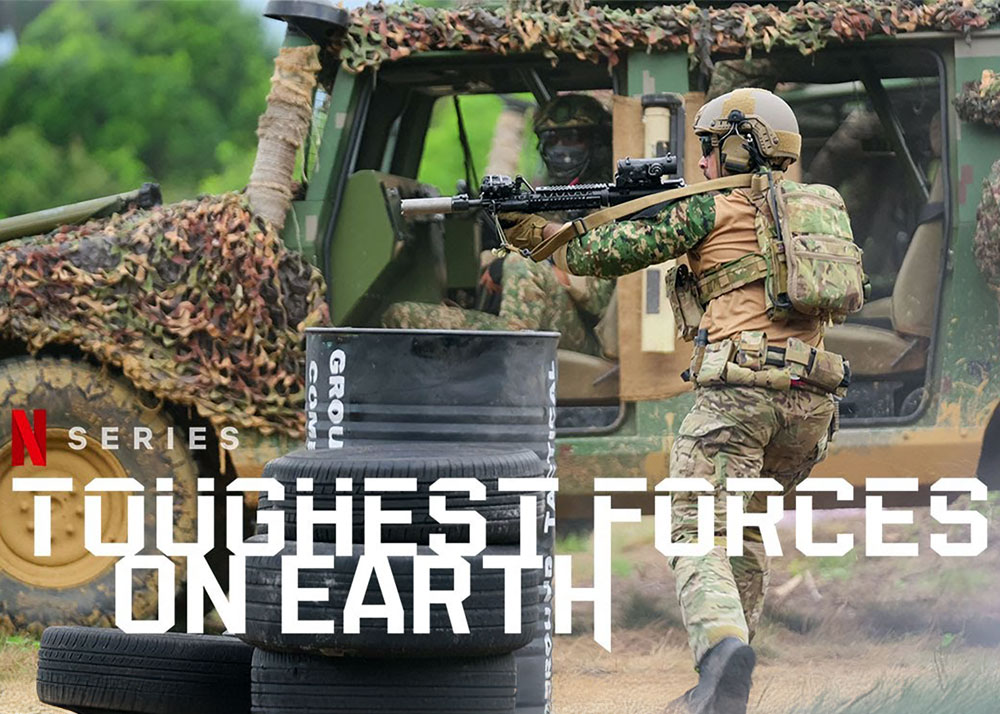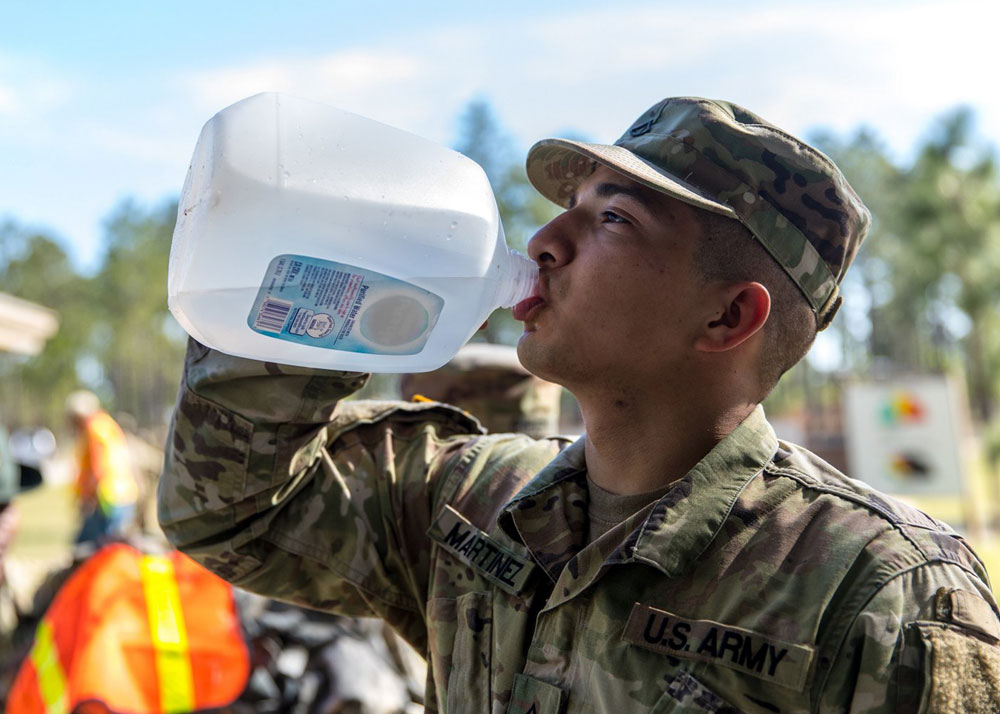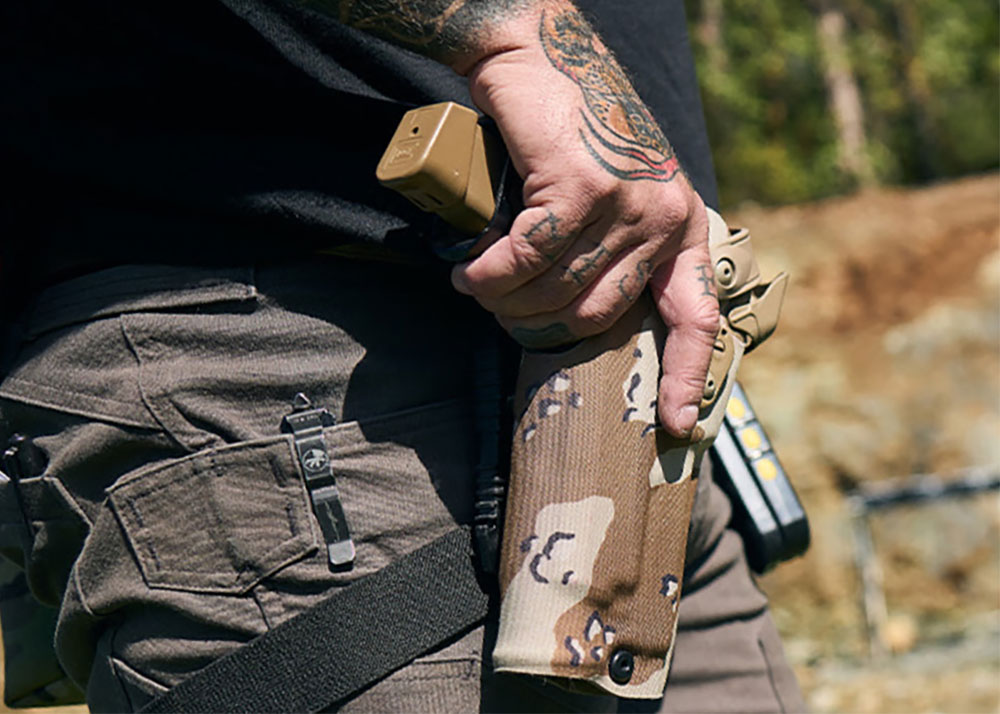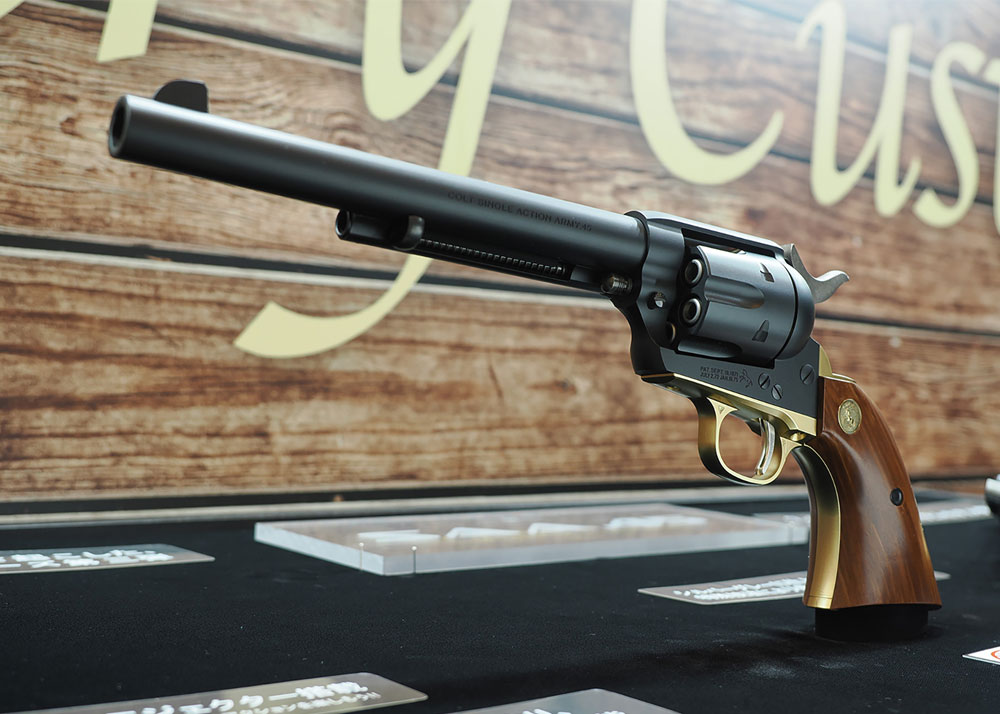U.S. Army’s Tactical Augmented Reality (TAR) Is Ghost Recon In Real Life
Logan
27 May 2017
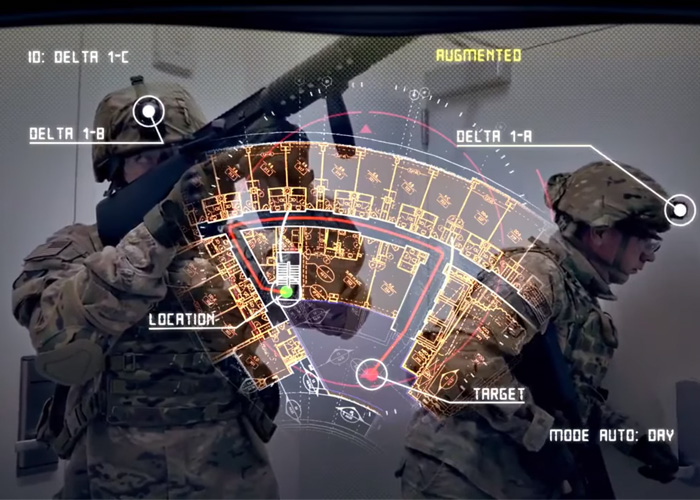
The U.S. Army is working in a technology for a video game generation. Those raised playing Ghost Recon, Call of Duty, Battlefield, and other tactical shooter games will be more at ease doing real life missions using what is called the Tactical Augmented Reality (TAR) that will put information right in front of the soldier’s eyes without taking the eyes off the target or objective.
Just like in the tactical shooter games’ heads up displays (HUDs), the TAR will replace multiple devices such as Night Vision, GPS, Friend or Foe Identification, Range Finder, and much more. If this really happens, it’s almost like an all-in-one device that surely will be the most essential piece of equipment apart from the weapons and protective gear.
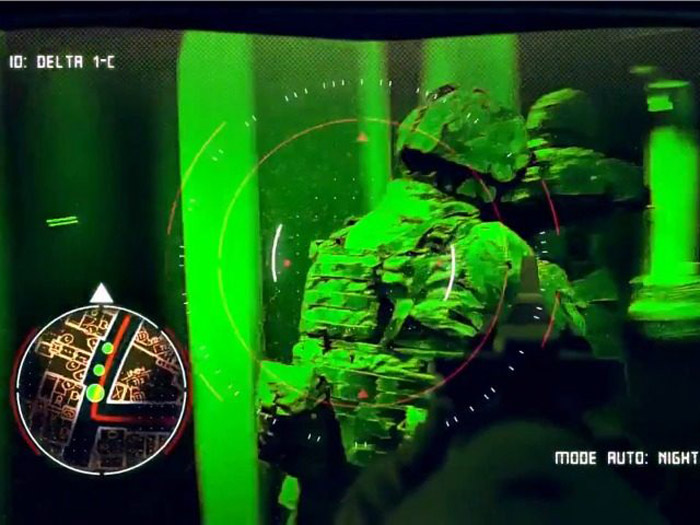
The TAR eyepiece is wirelessly connected to a tablet at the soldier’s waist and also wireless connected to the thermal sight that is mounted on the soldier’s weapon. When a soldier points his weapon, the image of the target and other information such as distance are shown in the eyepiece. The screen can even be split into two, if the rifle is pointed to the rear while the soldier is looking forward, he/she can see have both front and rear views. This allows the soldier to point the weapon over walls or around corners without exposing his/her body and still be able to see what the weapon sees and can fire at the target.
The key to achieving this is technological advances in making the image fit in a one-by-one inch eyepiece. Existing COTS technologies are still not viable for this requirement so the U.S. Army’s CERDEC (Communications-Electronics Research, Development and Engineering Center) has been working since 2008 to make this technology possible.
The information generated by the soldier wearing TAR can be shared to others, such as the command center where higher-ups and intelligence can assess what the soldier sees and be able guide or command the soldier on further actions. The same information can be shared to other soldiers or units on the ground allowing them the coordinate properly leading to a higher degree of mission success.
As of the moment, the CERDEC has been working on to have improved versions of TAR to include full color display as well as brightness adjustment so that information can be seen on the eyepiece in broad daylight where sunlight tends to wash away the display. Smartphones these days have auto brightness adjustments so they can adapt to existing lighting conditions and they hope they can replicate this technology to the TAR. So far, soldiers who have been testing the TAR in the field appreciated the sharpness and contrast of the imagery and information displayed on the eyepiece.

